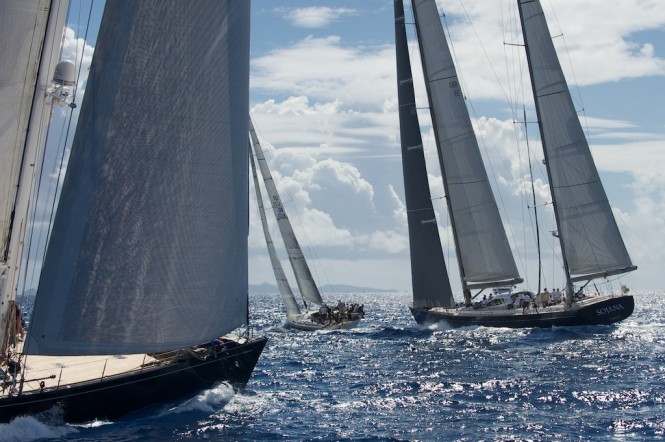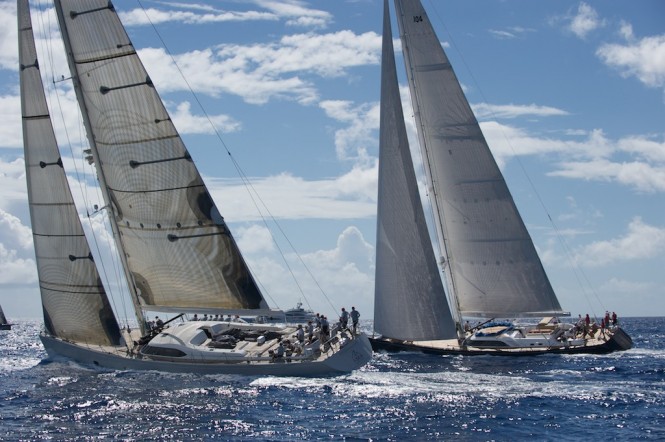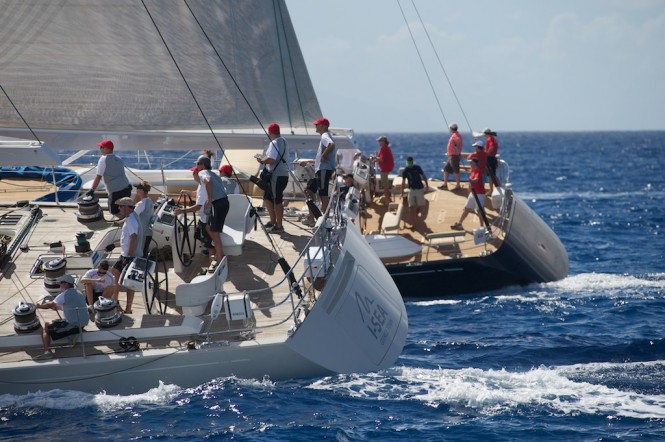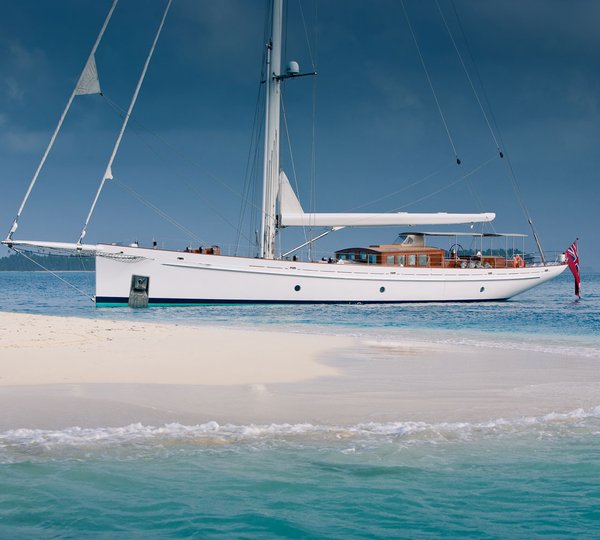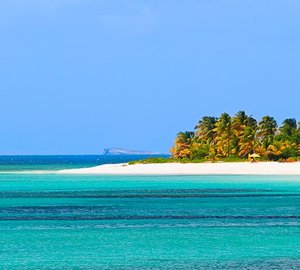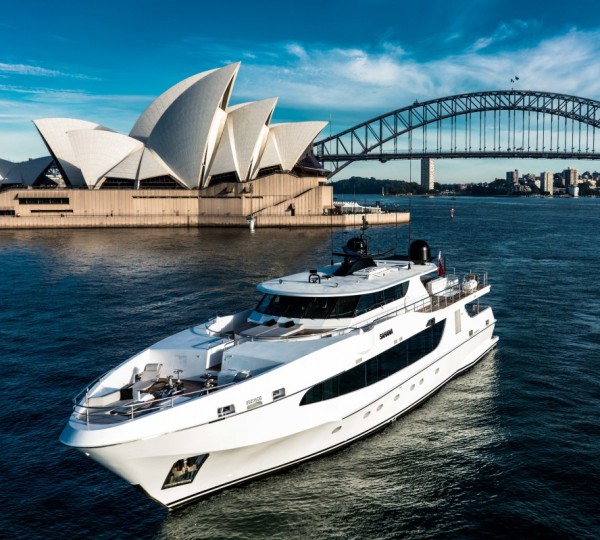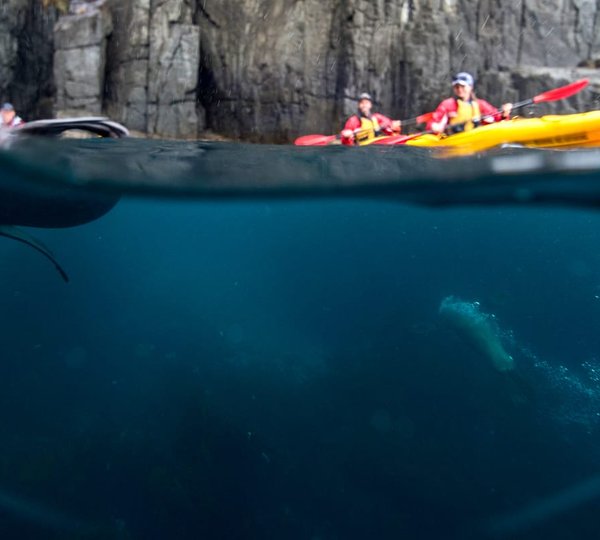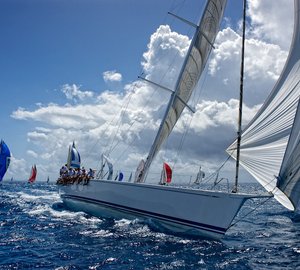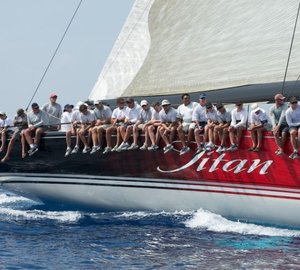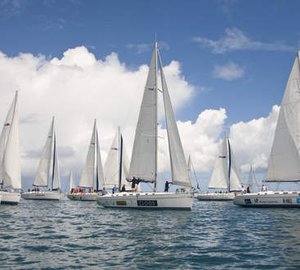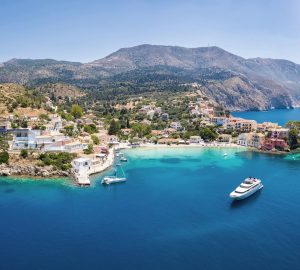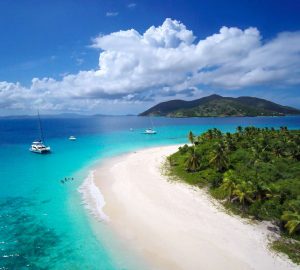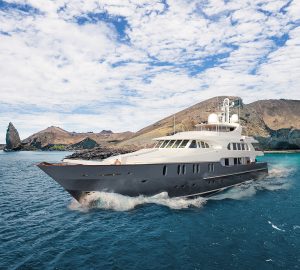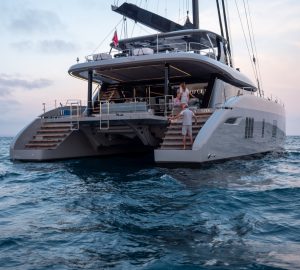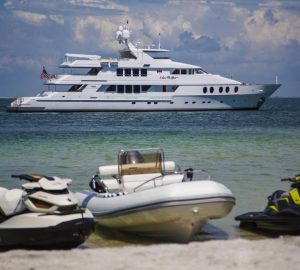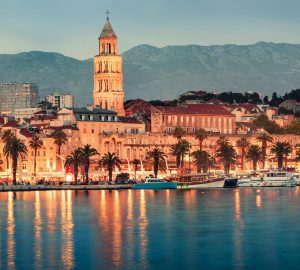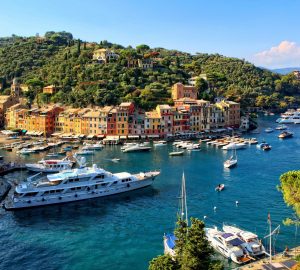The 31st edition of the St. Maarten Heineken Regatta kicked off in surprising style today as nearly 200 boats in 18 classes set sail anticipating both serious fun and, of course, serious competition. While most everyone enjoyed a good time and tight racing, they also encountered seriously challenging conditions thanks to squally skies, fluky breeze, and more than one or two windless holes on the racecourse.
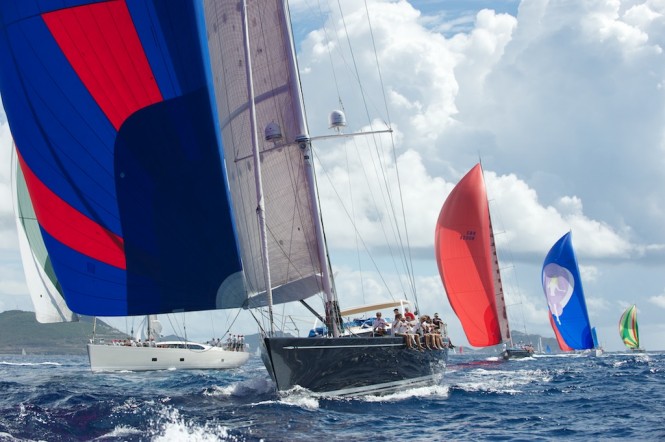
Day one of the 2011 St. Maarten Heineken Regatta - the biggest regatta in the Caribbean. Credit Tom ZinnOutsideImages
When all was said and done, the weather presented a fine test of sailing skills in extremely shifty, light to medium breeze. And those who rose to the challenge, in several divisions, were in many instances not the boats and skippers one might’ve predicted would top the Day 1 standings before the competition began.
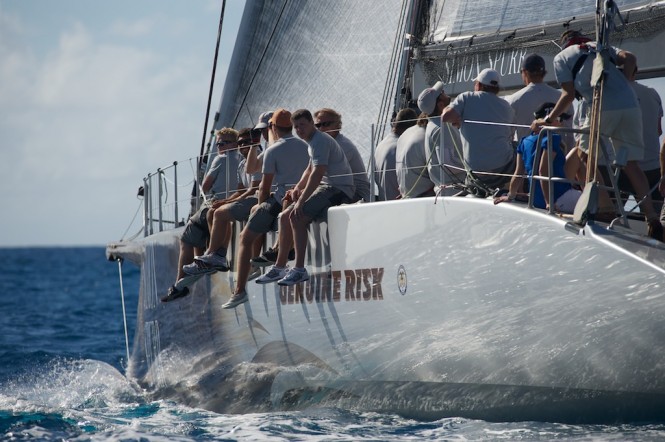
Genuine Risk Day one of the 2011 St. Maarten Heineken Regatta - the biggest regatta in the Caribbean. Credit Tom ZinnOutsideImages
The Grand Prix boats in CSA 1R (including the lightning quick Australian Cookson 50, Jazz; Richard Matthew’s new 54-foot Oystercatcher XXVII; and the Dubois 90, Genuine Risk) and CSA 1C (which showcased a quartet of Swans — Sailing yacht Aquarius, Nikata, Team Selene and yacht Varsovie—and a pair of Bruce Farr Superyachts, sailing yacht Sojana and I-Sea) all set forth on the 32-nautical mile clockwise race around St. Maarten that also rounded the small isle of Tintamarre. So, too, did the Multihull 1R racing class, with a fleet of rocketships like the Formula 40, Soma; the Custom Trimaran, Callisto; and a trio of Gunboat catamarans, including the new 66-foot Phaedo.
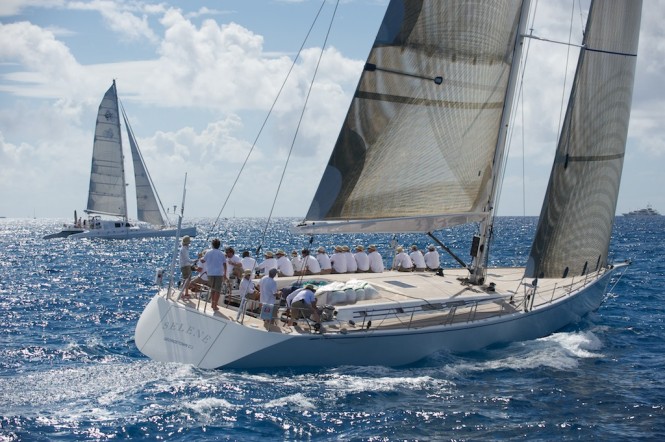
Sailing Yacht Selene Day one of the 2011 St. Maarten Heineken Regatta - the biggest regatta in the Caribbean.Credit Tom ZinnOutsideImages
The remainder of the CSA racing classes and the Bareboat fleets and Lottery class sailed a slightly abbreviated round-the-island race of 29 nautical miles, cutting inside Tintamarre.
At the mid-morning start of the event, in east-southeasterly breeze of 6-8 knots, several of the big boat classes, including the larger monohulls and multihulls, started together, making for some wild action and a few close calls. The Multihull divisions were the first off the line, at precisely 10:00 a.m., with Lloyd Thornburg’s striking orange Pheado in the hunt, along with Soma and Callisto.
In the subsequent start for the Grand Prix monohulls, both the Carbon 82, Aegir, and Genuine Risk hit the line at the sound of the gun with considerable pace and stretched out to early leads. The A circle race committee sent the fleet on a short windward leg before everyone eased sheets for a downwind run to a mark off Basse Terre at the island’s westernmost point. Genuine Risk was the first monohull around the weather mark, followed shortly thereafter by Soma, the first multihull to round the mark. Oystercatcher XXVIII, which recorded a speed of 19.8 knots on a practice sail the day before, was in close pursuit.
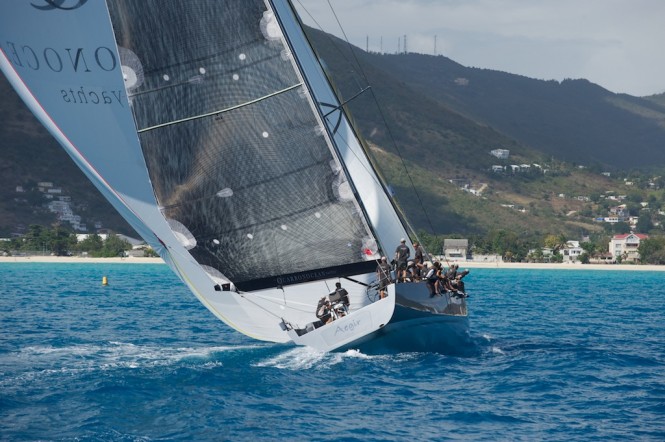
Yacht Aegir Day one of the 2011 St. Maarten Heineken Regatta - the biggest regatta in the Caribbean.Credit Tom ZinnOutsideImages
Genuine Risk was again the first boat around Basse Terre but dropped her big asymmetric kite almost immediately afterwards as the wind went forward in a passing squall. It was a sign of things to come, for as the remainder of the fleet sailed into the Anguilla Channel the breeze faltered and then, for some of the trailing boats, died altogether. Off Marigot Bay, as a second squall sucked the wind out of the skies, right up to the next mark on the course, off Grand Case, the scene was reminiscent of painted boats upon a painted sea.
Only Genuine Risk managed to keep ahead of the game and by the time the big 90-footer had rounded Tintamarre and began heading for home down the east coast of the island, it was clear the Dubois design was in full horizon-job mode. Line honors for first to finish was no longer in doubt; the bigger question was whether Genuine Risk would be able to record a “double/double” and also win her class on corrected time.
The answer, it turned out, was no.
In one of the early upsets, in CSA 1R, Peter Peake’s Peake Yacht Services/Storm slayed the giants (2010 Sydney-Hobart IRC class winner Jazz, Oystercatcher XXVIII and Genuine Risk, in respective finishing order) to win the marquee class.
CSA 1C also produced a surprise winner with Bill Alcott’s extremely well-sailed Swan 601, Aquarius, at the front of the field of 80-, 82- and 100-foot Swans, not to mention Peter Harrison’s 115-footer, Sojana.
In the 12-boat CSA 2 class, however, order was restored to the universe as Mark Plaxton’s Melges 32, Team INTAC—with a decent sailor named Peter Holmberg trimming the main—repeated her winning ways in the GILL Commodore’s Cup by registering a solid victory. Meanwhile, in CSA 5, it was a very good day for the “J’s”—that is, a pair of J/122’s, William Coates’s Otra Vez and James Dobbs’s Lost Horizon, which earned a first and second in the 15-boat class, respectively.
Other winners on the opening day of racing were: the Swan 77, La Forenzo Del Destino in CSA 3; the Beneteau First 50, Hydrocarbon Logic, in CSA 4; Kick ‘em Jenny, a Beneteau First 36.7, in CSA 6; L’Esperance, a Beneteau 45, in CSA 7; and Blue Peter, a J/30, in CSA 8.
In the bareboat fleets, the roster of winning boats included the following: Neerlands Glorie (Bareboat 1), Brand Boot (Bareboat 2), Something Hot (Bareboat 3), Thazer (Bareboat 4) and Siren Racing (Bareboat 5). In the multihull divisions, the Dick Newick-designed trimaran Team Kahunas won Multihull 1R and the aforementioned Phaedo was the winner of Multihull 1C. In Multihull 2, the Lagoon 500, Nikiforov, was victorious, as was the Beneteau First 38, Tzigana, in the Lottery Class.

